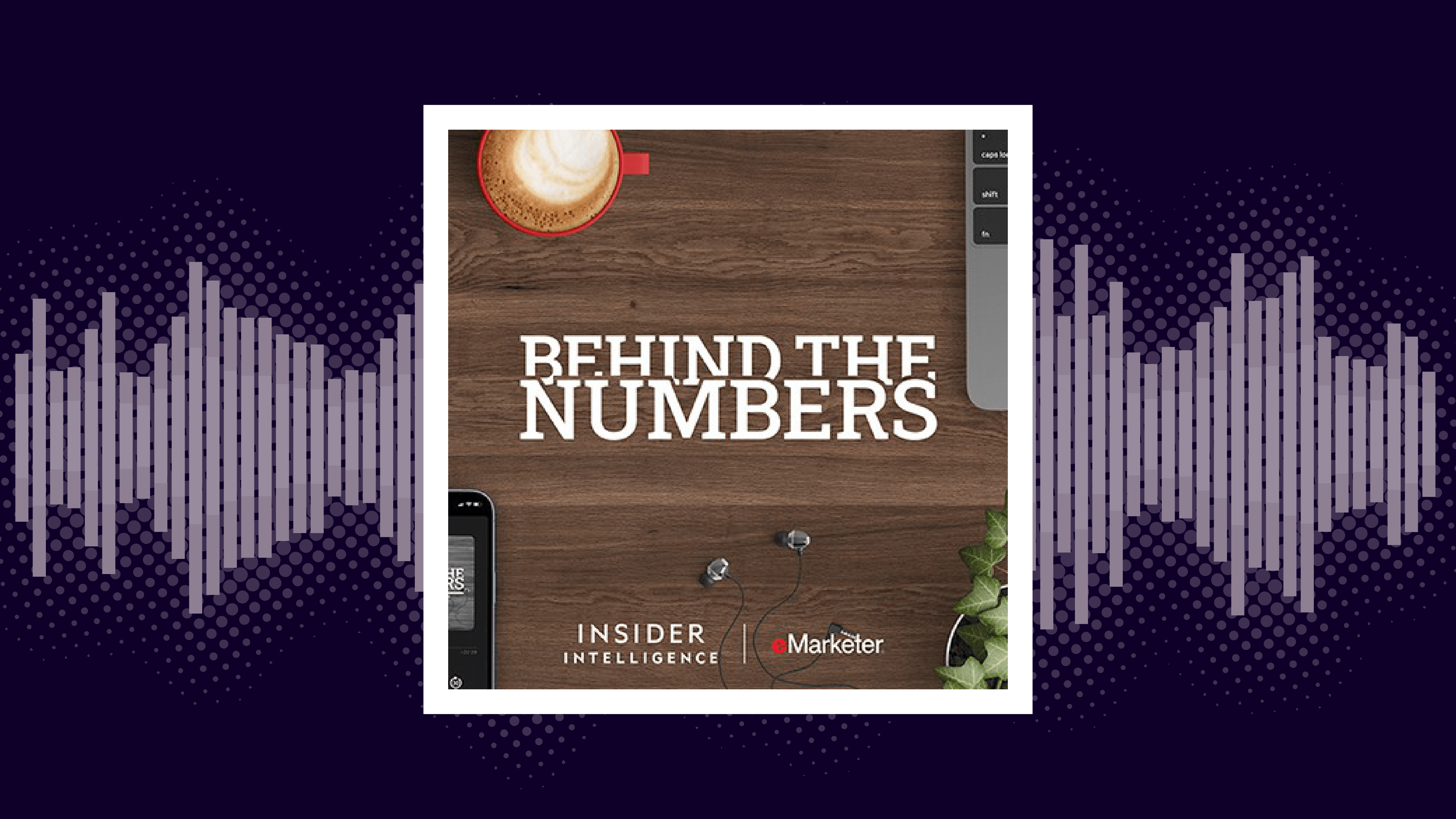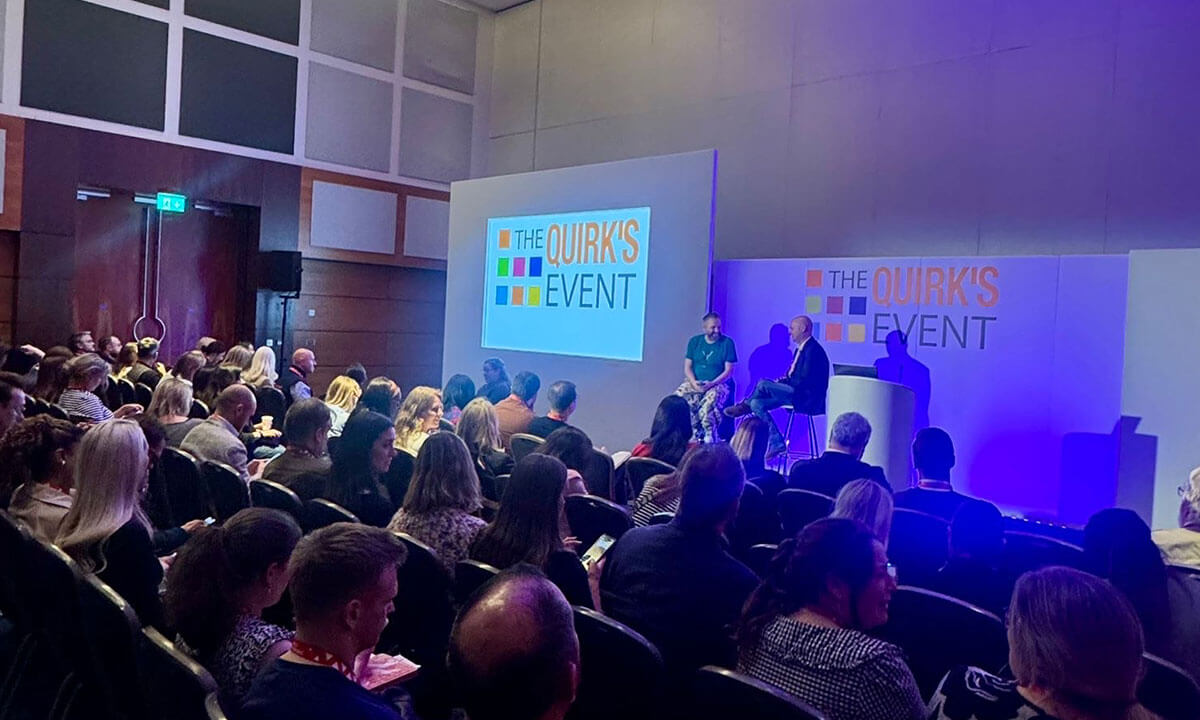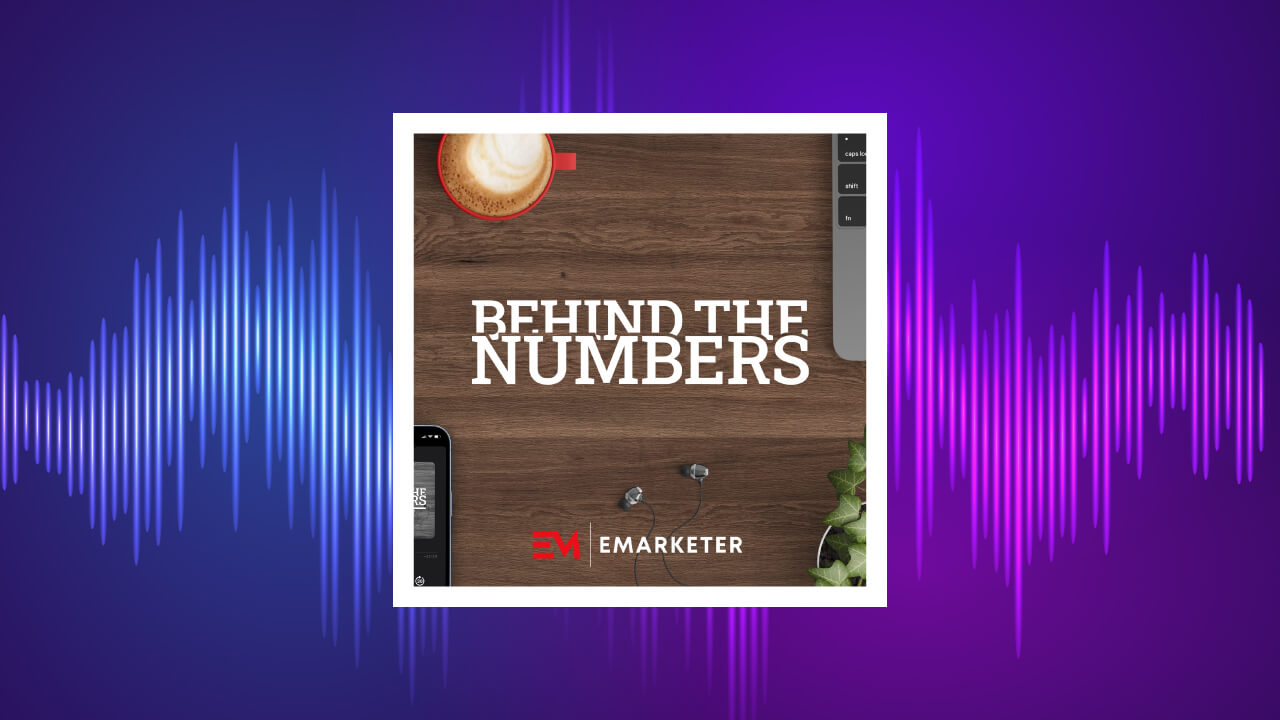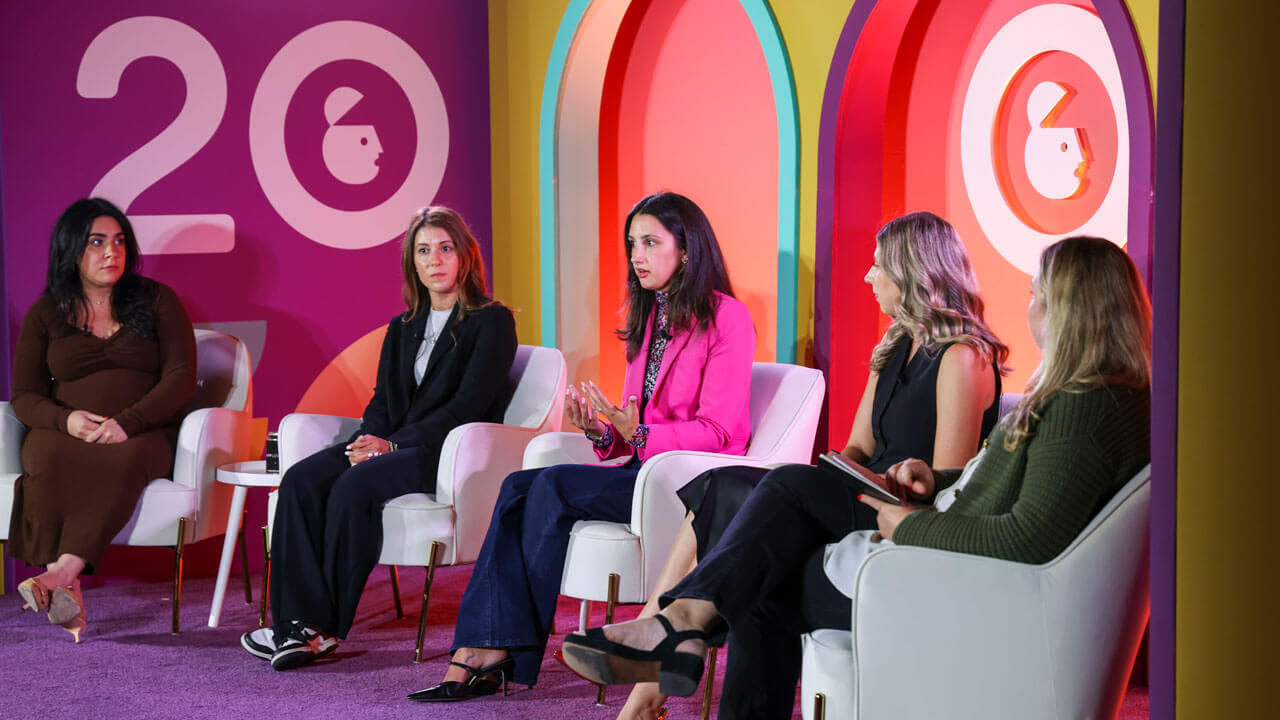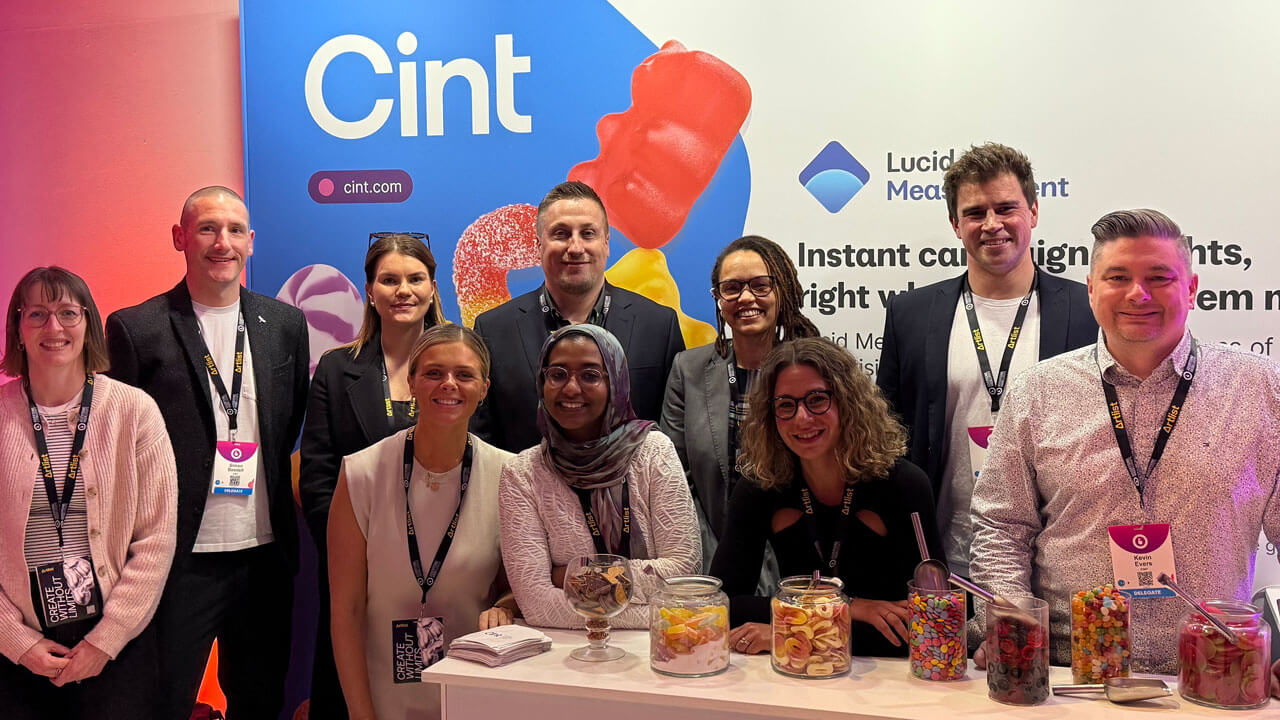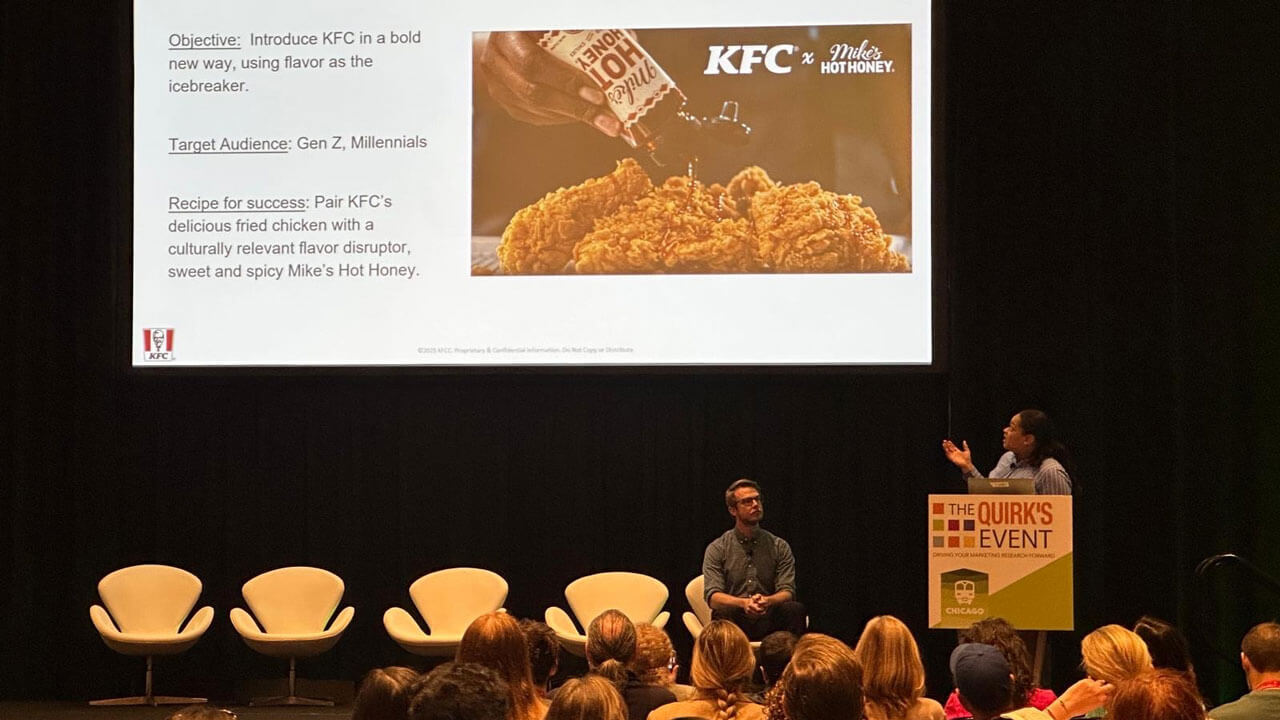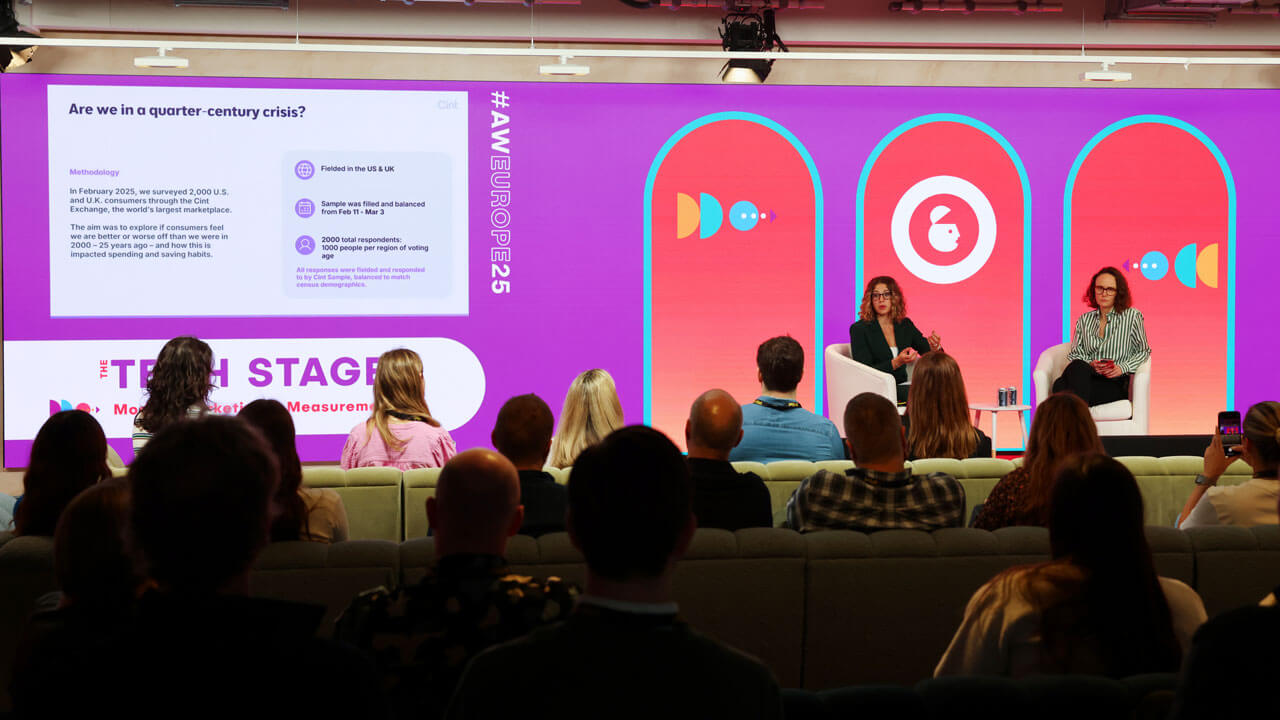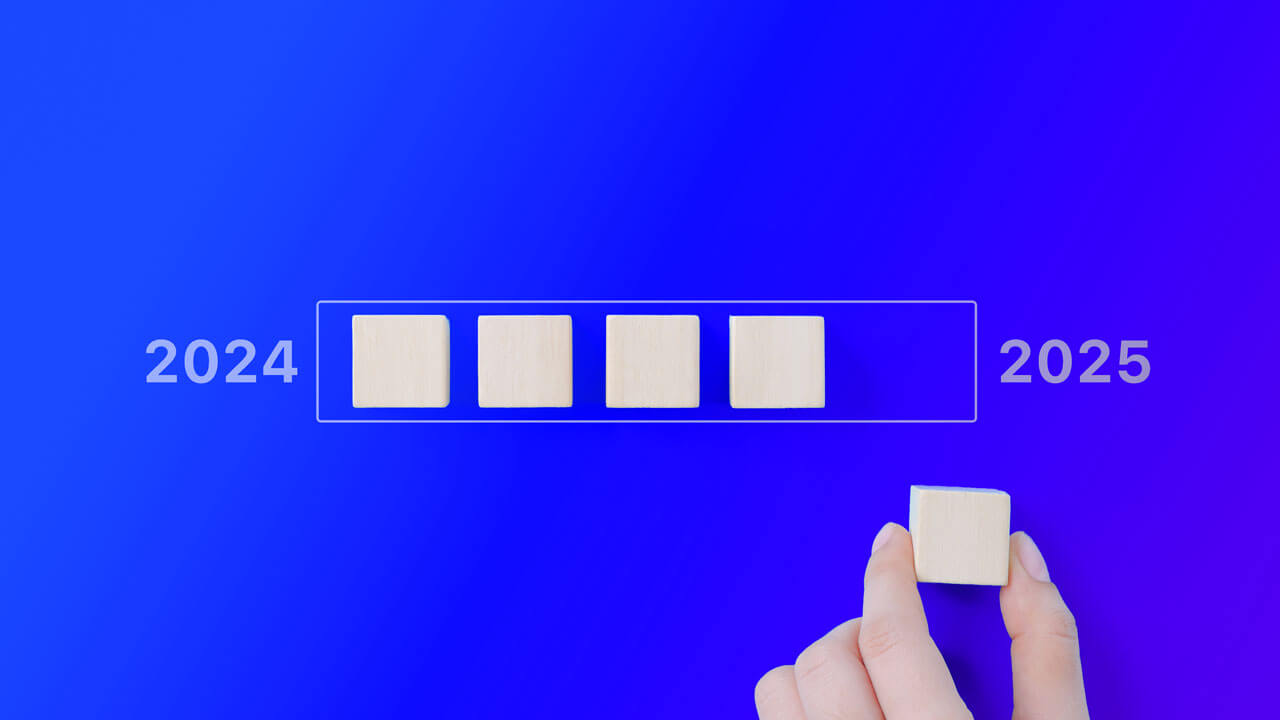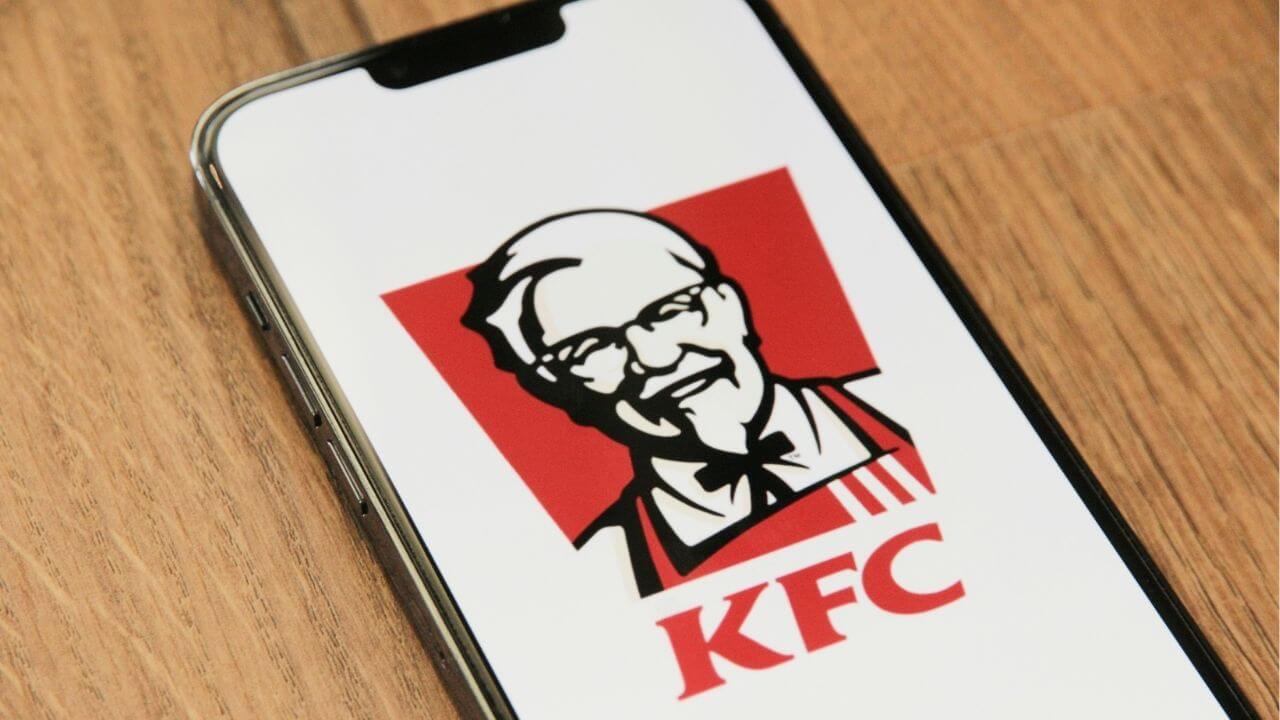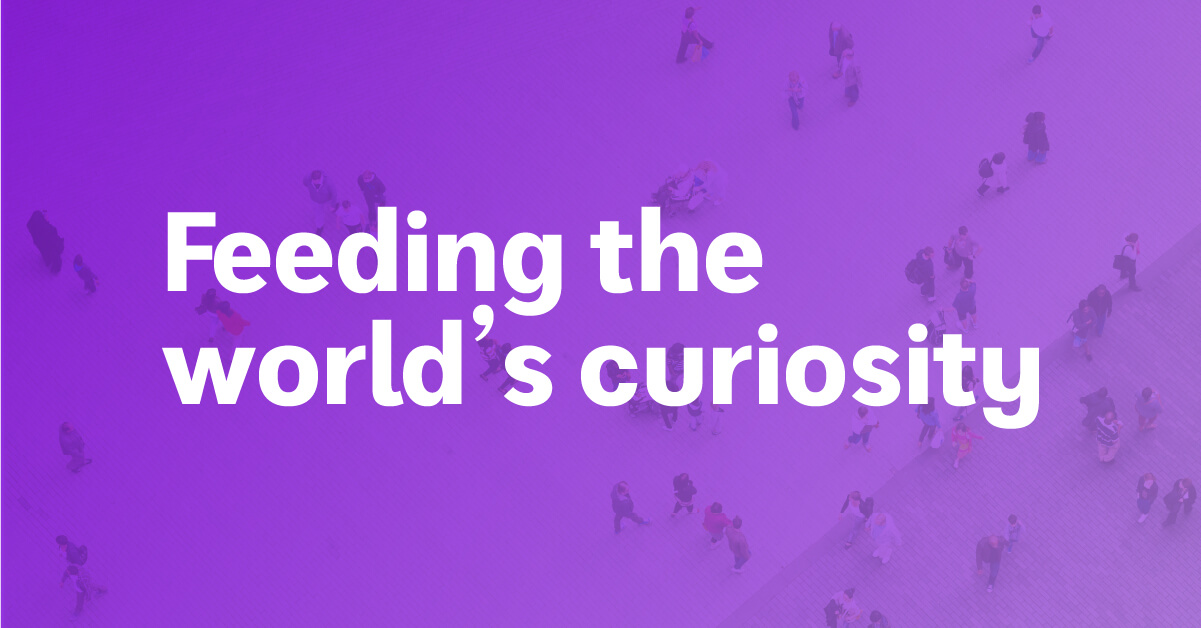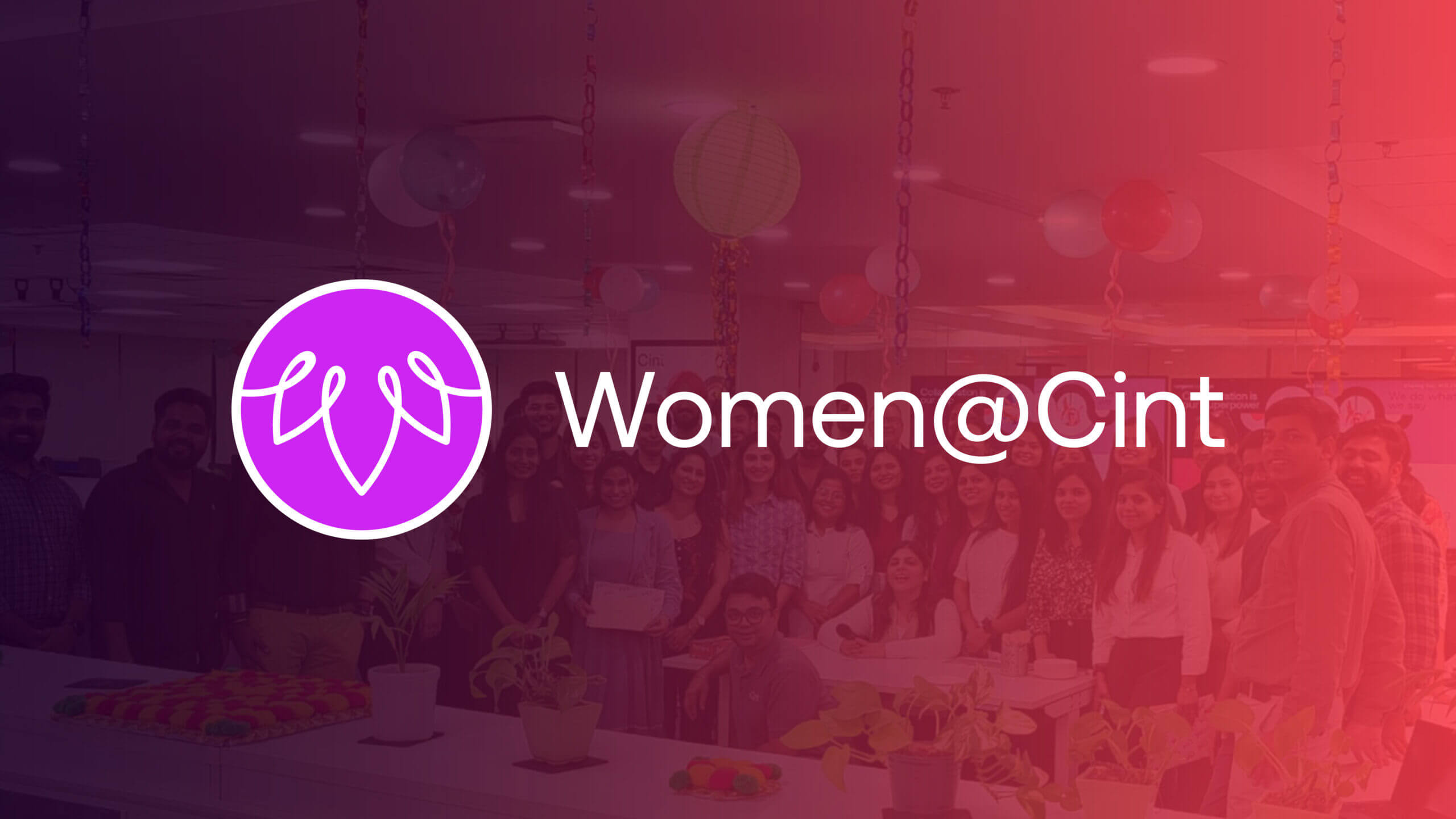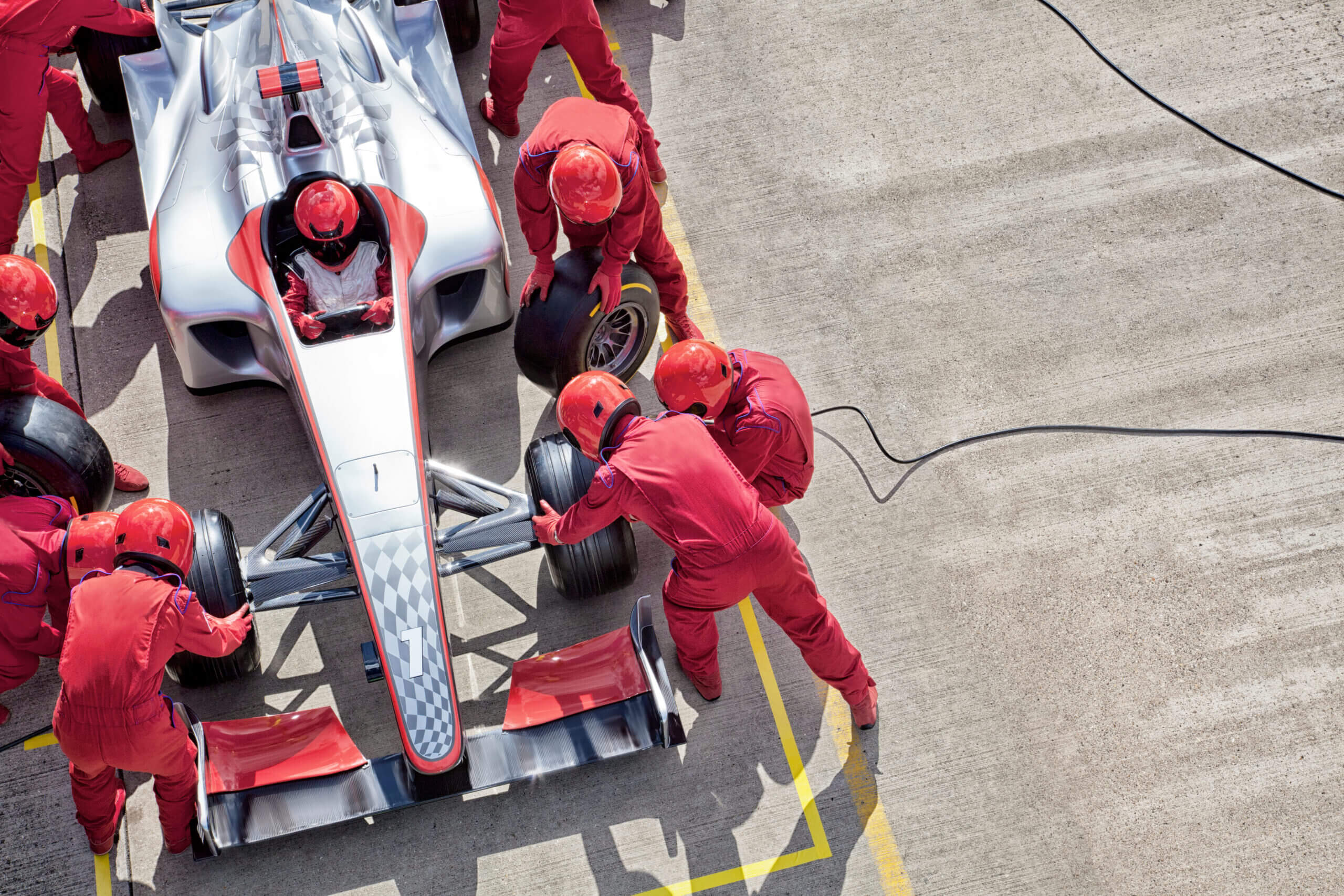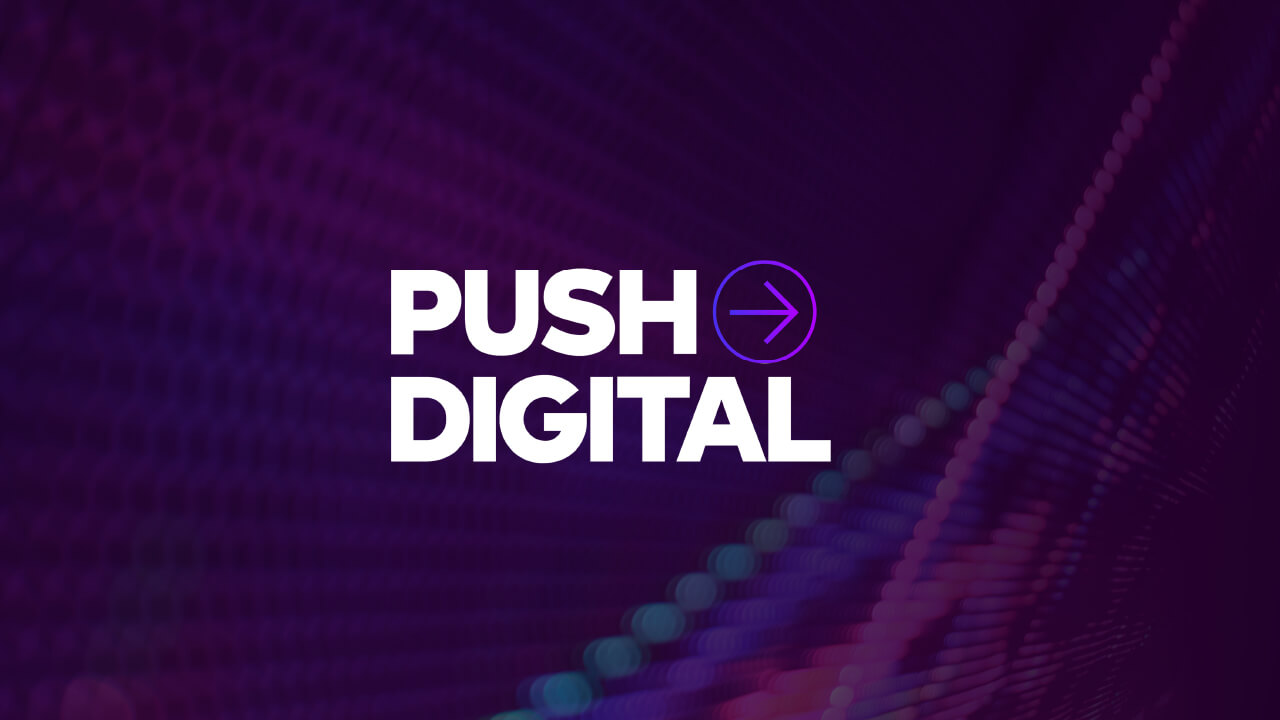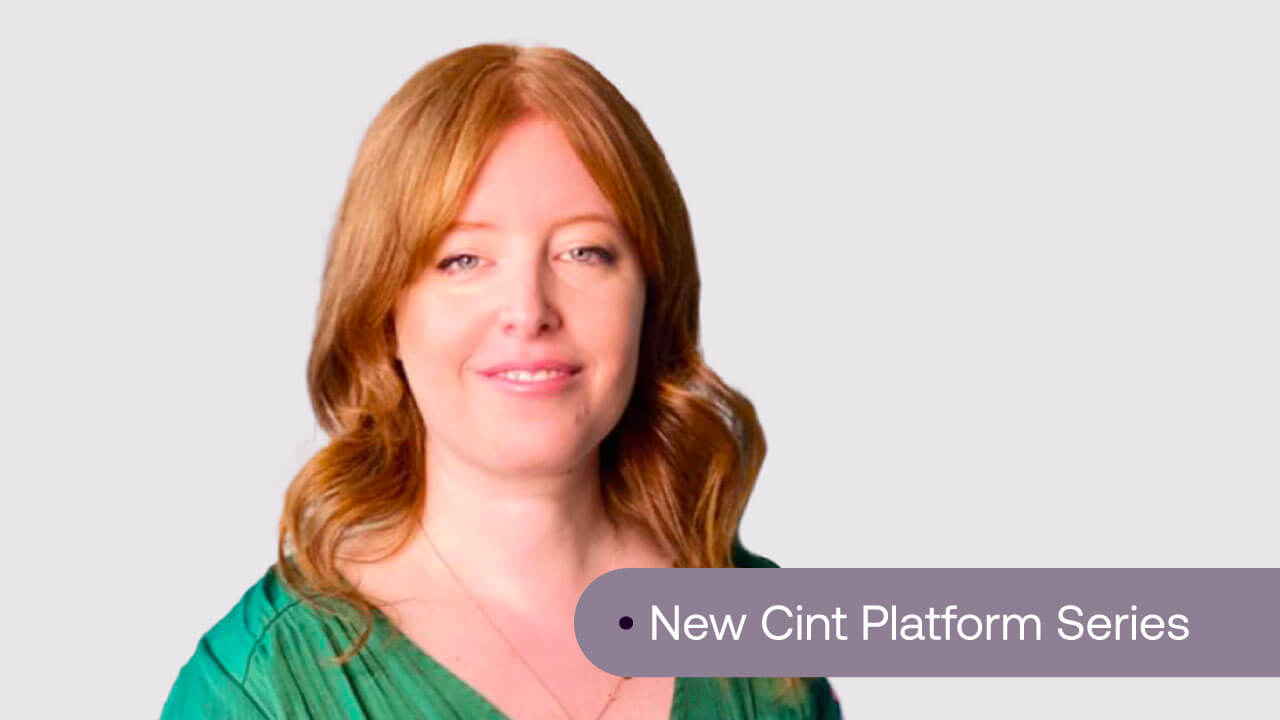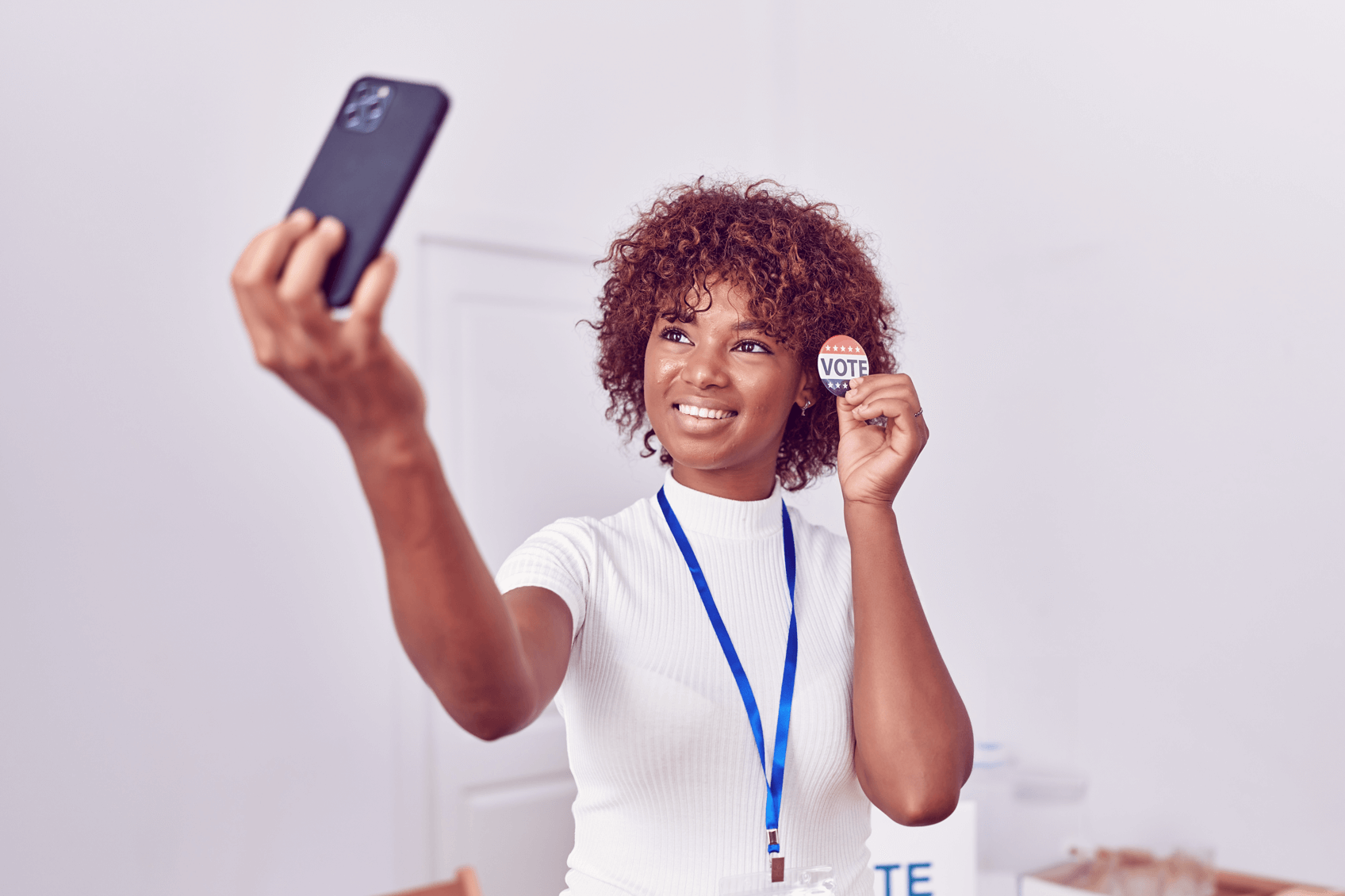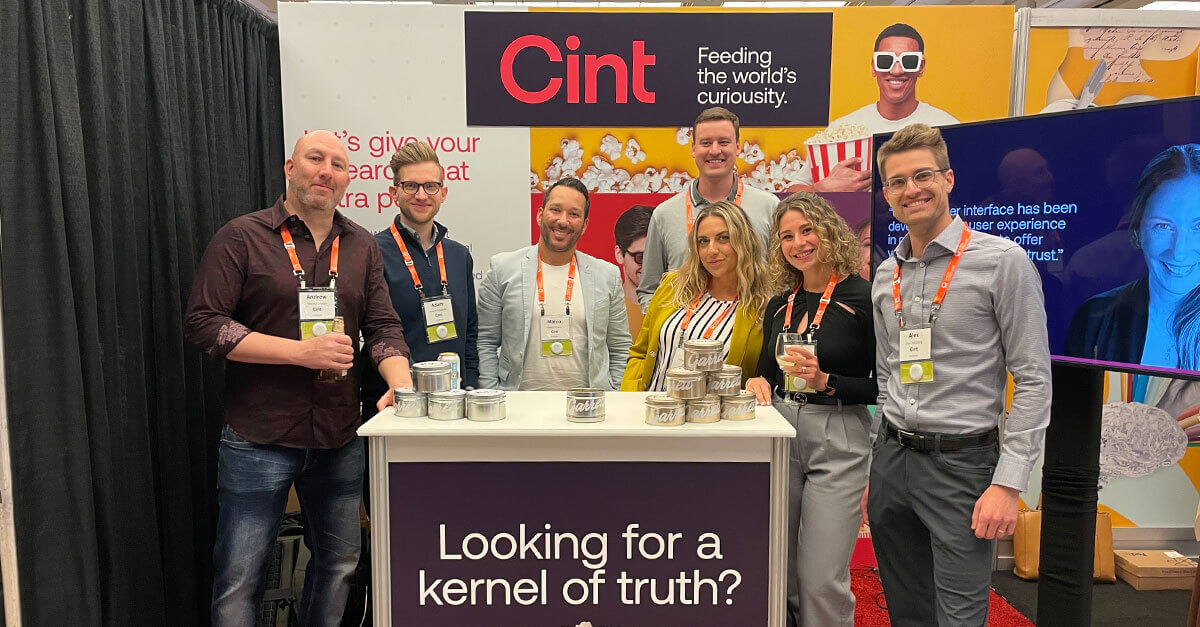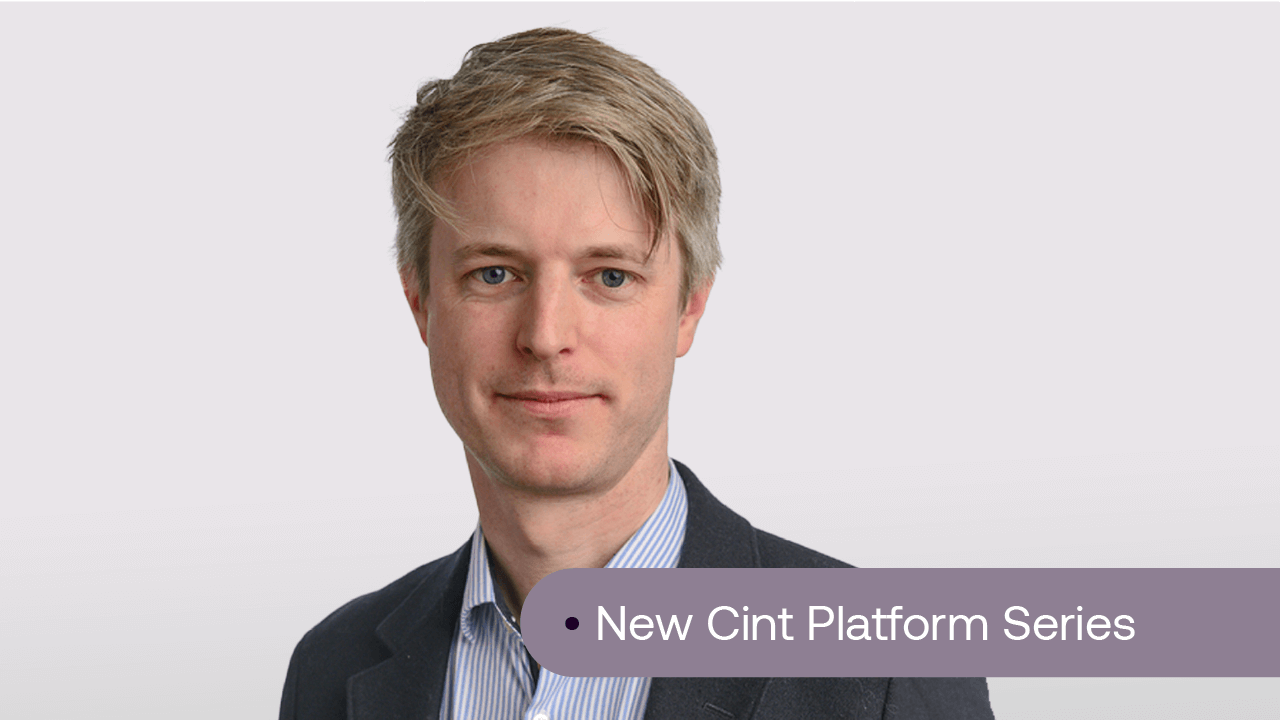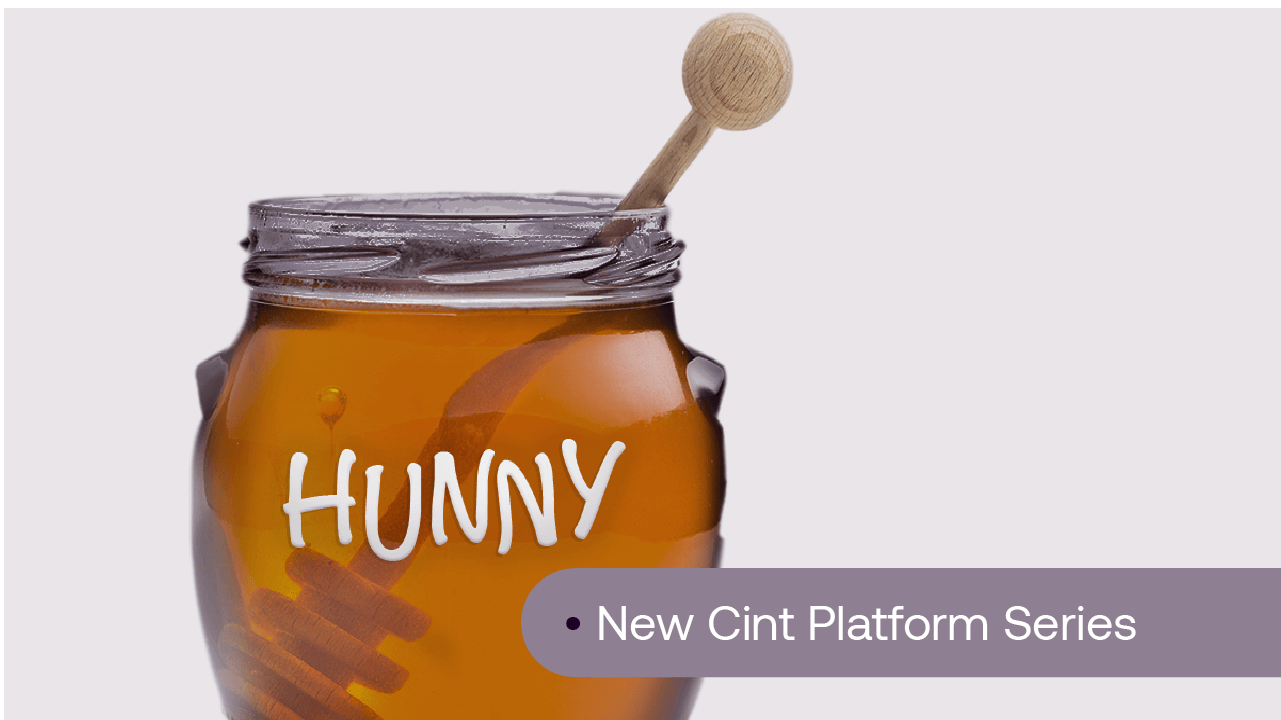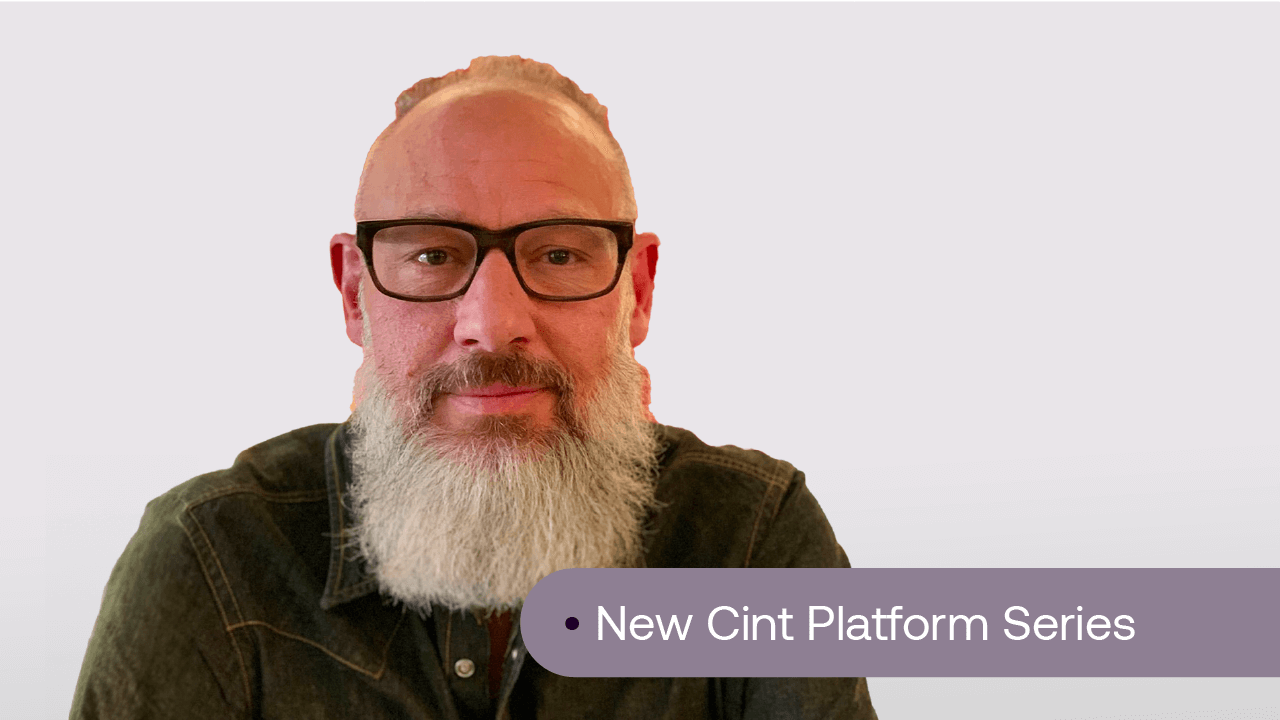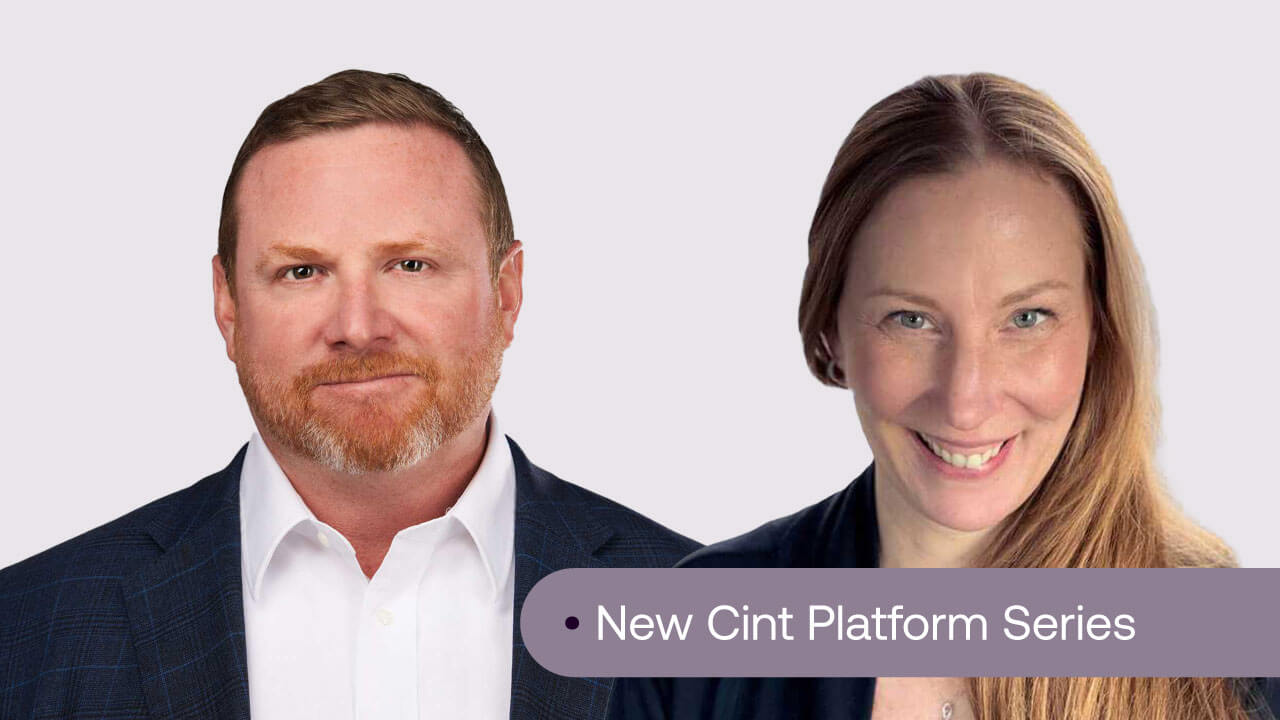Categories
How in-flight brand lift measurement helps brands do more with less
While uncertainty looms at the start of this year, we are all familiar with the asks during an economic downturn. Whether it is managing with fewer people, spreading that budget a bit more thinly, or cutting back on testing and learning, it all comes down to doing more with less. Meanwhile, brands still need to find creative ways to build their brand and encourage customers to spend money with them during challenging times. Knowing how to prioritize a limited budget while increasing the impact of digital advertising will make the difference between success and just getting by this year. Discuss the value of using real-time brand lift measurement to enable marketers to increase the impact of advertising with less. eMarketer’s Marcus Johnson interviewed Cint’s Stephanie Gall on the Behind the Numbers podcast to dicuss how in-flight brand lift measurement can help brands do more with less. The following is a transcript of an interview of Stephanie Gall from eMarketer’s Behind the Numbers podcast.Marcus Johnson: Hey, gang, it’s Tuesday, April 25th. Listeners, welcome Behind the Numbers Daily, an eMarketer podcast made possible by Cint. I’m Marcus. Today’s fact, the highest score you can get in 10-pin bowling is 300. Great. That certainly puts my hideously low 94 into perspective. Could have done without knowing that. Anyway, today’s real topic is taking measure of in-flight campaign optimization. In today’s episode, first in the lead, our Principal Analyst and Digital Advertising and Media Desk Lead Paul Verna speaks with Stephanie Gall, Senior Manager of Measurement Products at Cint, about how in-flight measurement helps marketers do more with less. Then I’ll see you folks after the break for In Other News to discuss Nielsen regaining its national accreditation from the MRC and Netflix struggling to livestream Love Is Blind. Paul Verna: Welcome, Steph. It’s great to have you. Stephanie Gall: Thanks for having me. It’s great to be here. Paul Verna: I’d like to start by asking you to define in-flight or real-time measurement. Stephanie Gall: Sure. So, in-flight measurement means we’re able to provide insights on how a campaign is doing while it’s still running. So, we do these brand lift studies alongside the campaign dates, but traditionally it’s been the end of a campaign. So three months in, after all your inventory has run, you’re finally getting an understanding of what tactics, what creatives and what sites or placements have been most effective. And what we’re able to do now with impact measurement for our customers is provide them insights as the campaign is still running. So, they’re really getting an idea within a few weeks of that campaign starting of what is most effective, what tactics are generating the greatest brand lift for their particular brand. Paul Verna: And how does this help marketers effectively do more with less? Stephanie Gall: Because they’re able to understand their campaign’s efficacy in real time, they’re able to make adjustments throughout their campaign. They’re not having to wait until the end of the campaign to identify what is most effective. So, they could look at a particular creative or message and see that it’s resonating with a particular audience and start rotating that creative more heavily where they know they’re reaching those particular people. Paul Verna: So Steph, are you able to give a real world example of what that looks like? Stephanie Gall: Of course. One of the customers we worked with was the Ad Council, and they were working on a campaign at the time to provide messaging around vaccines. And something that they were really interested in was, given their limited budget, it’s not a big brand, they don’t necessarily have a ton to spend, but being able to make adjustments based on the responses to their messaging in real time, in-flight. So they were really focused on respondents, people who were kind of vaccine-hesitant. So they had a very specific target audience that they wanted to understand how receptive they were to various creatives, various messaging. Were there certain platforms that they were more likely to receive that message well on? And so they were able to utilize our tool to identify those specific people who responded hesitantly to potentially getting the vaccine. And then also understand who within that audience was most likely to be receptive to the ads that they were serving, based on what creative they were getting, as well as some information about those people. Where did they live? What was their profile? And what they were able to do was understand quickly within the campaign who was most receptive, and then adjust their buy based on that information to continue to target those people who were most likely to respond well to the ad campaign. And so this was really a great way for them to utilize their budget as well as they could by testing and targeting and then retargeting, which is something we definitely recommend, is being able to utilize those results in real time to get the most out of your budget. Paul Verna: It seems that this real-time capability would work really well in an integrated or cross-platform type of view. So I understand you have linear TV partnerships with Samba and iSpot.tv. Can you talk a little bit about those? Stephanie Gall: Yeah. So, traditionally, linear TV has been a hard medium to measure and has suffered from the latency in getting the data and understanding the impact of that sort of media channel. But as we know, it’s expensive to buy ads on linear TV. But for upper-funnel metrics, it’s a huge driver, generally. If you’re running a brand awareness campaign, how can you not include some linear TV? So with our partnerships, we’re able to process impression data from linear TV campaigns within a few days and immediately route those ad impressions over to our research marketplace and assess the impact of the ads that are running on linear TV, utilizing that real data we’re getting from iSpot or from Samba and connecting that with our respondents to understand how impactful the linear TV part of a campaign is. In addition to all of the digital ad exposures that we’re able to track. So, we have a dashboard, basically, that provides our customers with a holistic view so they can see how their entire campaign is performing, as well as digging specifically into different facets of those media channels. So looking specifically at linear TV by network, by ad length, by creative, they’re able to look at those breakouts more specifically and understand where on TV are they having the most impact. As well as which audiences on which networks are most receptive to their messaging. And that really allows them to fine-tune their campaign and make sure that they’re airing the right messaging, the right creatives to have that intended effect. Paul Verna: So, Steph, in that context, how important is integrated reporting? Stephanie Gall: Integrated reporting is really essential to our customers. They want to be able to have one measurement solution which encapsulates their entire campaign and provides them with standardized reporting across all of their different channels. They don’t want to have questions about methodology differences in terms of how that measurement is being calculated. So they’re always looking for as much of a one-stop shop as they can in terms of one vendor, one dashboard, one understanding of methodology. And so we know that it’s really important for them to have that holistic view from us as their brand lift measurement partner. Paul Verna: Yeah, I know ad measurement is a huge topic for us. Our ad measurement report I think was our most widely read last year, so it’s definitely something that’s very much on the minds of everybody on the buy and the sell side. Now, when you’re talking to your clients about KPIs, what is important for them to consider in terms of how they select those KPIs in light of what they’re trying to achieve with their campaign and measuring it accurately? Stephanie Gall: We think it’s really important for customers to take some time when they’re thinking about their KPIs. Really think about who is my brand? How much awareness is there already potentially about this brand? Watching the creatives, understanding what the messaging is. What are these creatives trying to drive a viewer to do, or drive a certain favorability or purchase intent? What is the message? And that’s really important to consider when selecting your primary KPI. Because you want to select the KPI where you’re most likely to see success based on how the creative is tailored, what is the message that the creative is pushing, to ensure that you’re setting yourself up for success as well as the brand. So I think altogether just really knowing what it is that your campaign is trying to do when selecting those key KPIs. And best practice, obviously, is to really focus on one KPI. But we know with budgets being cut and everybody’s working with less these days, so sometimes you have to measure multiple KPIs as part of one study. And we do allow that for our customers because we know that while there may be a primary goal, they’re also interested in different aspects of how their campaign is having impact. Could be a brand awareness campaign for a medium-sized brand of some kind, but they’re also interested in how did my messaging also drive favorability of my brand? Is my ad sticking with those who are seeing it? Do they recall seeing specific messaging? So there can be side byproducts in addition to that overall goal potentially of awareness, for example. Paul Verna: And I would think with upper-funnel campaigns across all the many different touchpoints where they may happen, whether it’s linear TV or connected TV, or even social or even retail media, that setting those KPIs and tracking them is probably really critical to tailor them to each of those formats. Is that right? Stephanie Gall: For sure. Yeah. There are certain platforms, certain channels that lend themselves better to certain KPIs. So depending on what your goals are, you can see which of those platforms is helping you reach that goal and potentially shifting budget around. And that’s the beauty of the in-flight measurement is that you’re able to make those adjustments as your campaign is still running to really maximize your spend and identify where you’re having the most success in real time. Paul Verna: I understand Cint is rolling out a couple of new products that you’re all very excited about, understandably so. Can you tell me about those, starting with Study Creator? Stephanie Gall: Sure. Yeah. We are trying to empower our customers to be able to set up their own studies. So with the Study Creator is sort of a new wizard with a lovely new workflow that really simplifies the study creation process, so that not a lot of training, not a lot of previous subject matter expertise in setting up surveys is necessary. But our customers are able to go into our tool and within 10 minutes set up a survey, tagging it for tracking. And really do it all themselves without having to do the back and forth of approvals, and is this ready? Can I see the test links? And they’re able to do all of that themselves. And of course, we will continue to guide them and provide all of our expertise. But we were somewhat surprised at how many of our customers were really excited to be able to take on the survey center process themselves. Paul Verna: Yeah, that seems like something they would definitely jump on. What about social measurement? I understand that’s another one. Stephanie Gall: Sure. Yeah, we talked a little bit about the importance of being cross-platform and encapsulating all the different channels that our customers are running ads on. And some of those channels are more difficult to measure than others, social being one that’s always been a challenge. So for social measurement, we are working on a solution that includes some modeling based on our research panel, where we’re asking questions generally across our research marketplace to respondents to understand the general usage and interests of our millions of respondents on social media so that we can utilize that information and that data to better predict if respondents were likely to have been exposed to ads on social. So, we couple this modeling with different insights that we have from our respondents generally in terms of their demographic information, their interests and hobbies, and score each respondent based on the likelihood that they were exposed to ads on social. And we couple that with the survey itself as we’re asking questions about their social media usage. So this will help us to include social as part of our brand lift measurement and show the more holistic view of how a campaign performed across digital, linear TV and also social. Paul Verna: Well, thank you so much, Steph. We really appreciate your joining us today. Stephanie Gall: Thank you so much for having me. It was great to be here.
